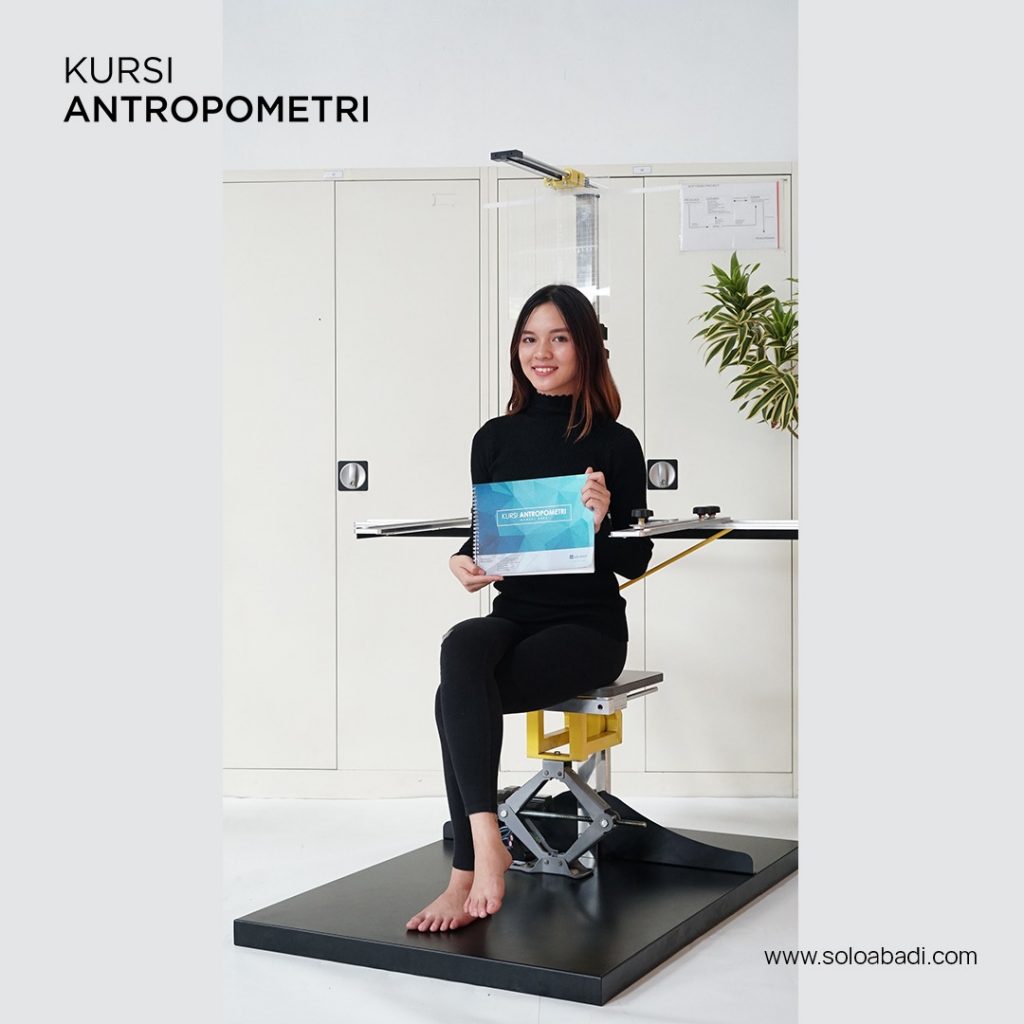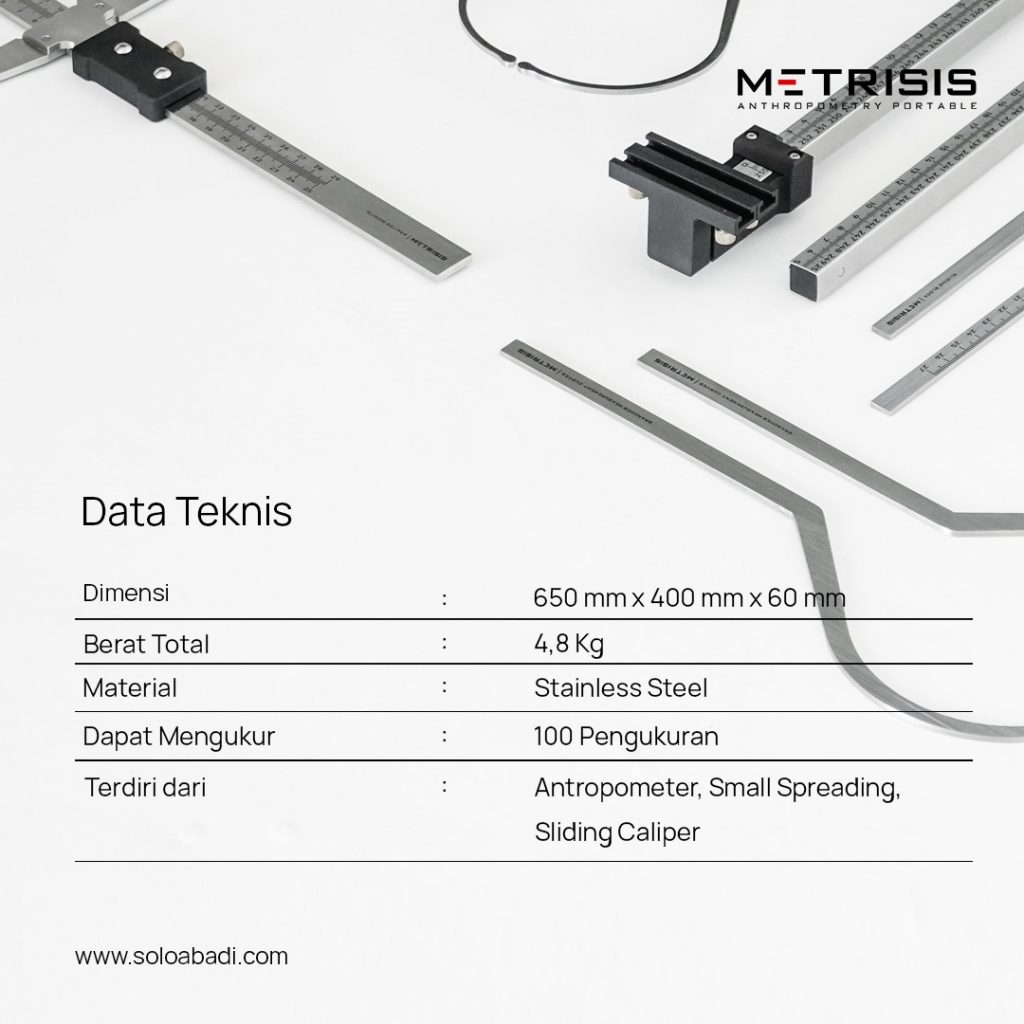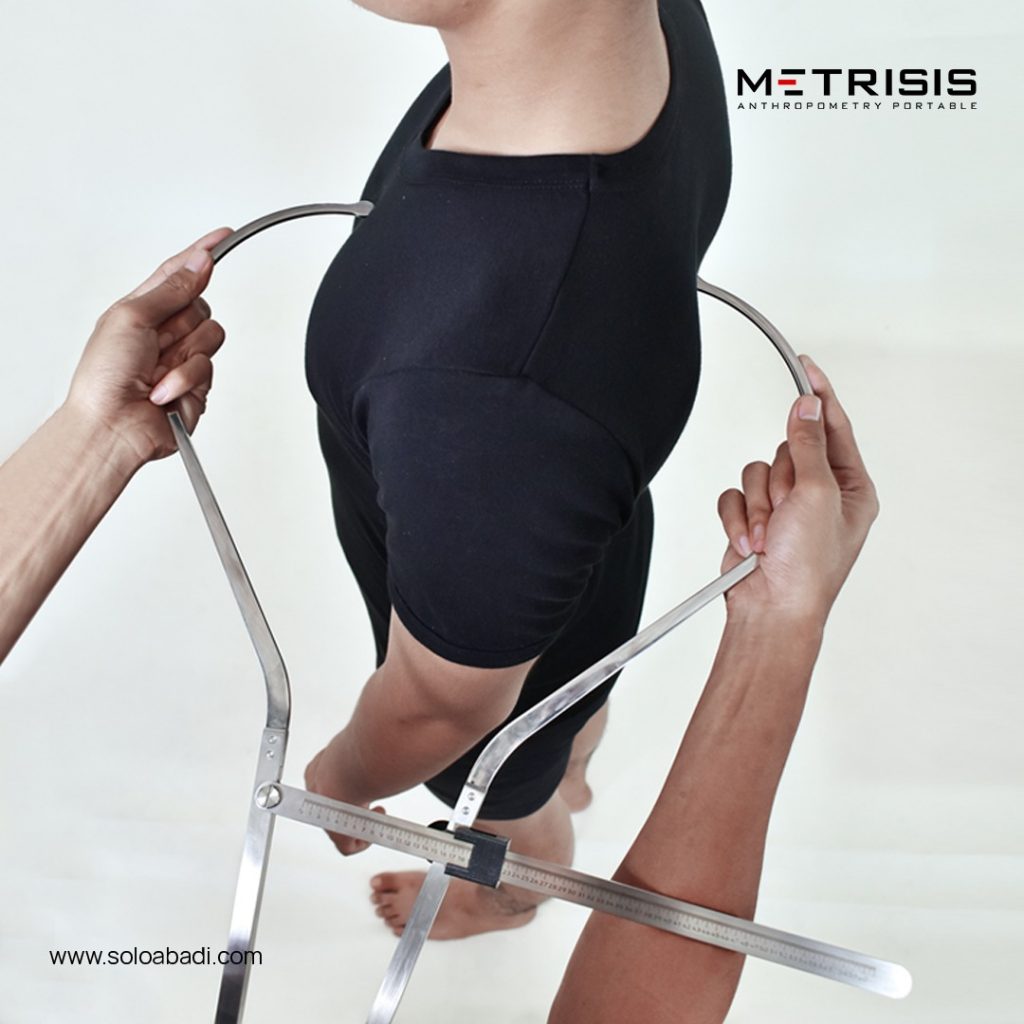Ergonomics in practice must prioritize the comfort of its users through 12 ergonomic principles. For example, the application of laboratory room design. The laboratory is a place for research to learning practitioners. Many tools are in the laboratory, such as tables, chairs, and other tools. If the arrangement and placement of the tool are not by ergonomic principles, it can endanger its users. For this reason, it is necessary to design ergonomics by applying ergonomic principles. So how to design a comfortable laboratory chair by applying 12 ergonomic principles? Here are the details!
Read More: 3 Domains of Ergonomics, Definition and Example
Principles of Ergonomics

Ergonomics is a science that studies the suitability of tools, methods, and work systems with the suitability of the human body to create a comfortable, effective, efficient, and productive environment. In creating ergonomics must apply 12 principles as follows:
1. The principle of working in a normal position
In this principle, the normal working conditions in question are when sitting and standing. In a sitting position, the weight of the body is in a stable position because it does not rest on the legs. While the standing position of both legs becomes a fulcrum for the spine vertically.
2. The principle of reducing excessive use of force
This principle prioritizes reducing the force used when working as little as possible to prevent fatigue and work accidents that endanger workers.
3. Principle of easy to reach
This principle increases productivity to do work at the same time with easily accessible work tools and systems.
4. The principle of working at the appropriate height
Work should be adjusted to the normal position of the body. Between the work tool and the worker must match the height and low motion. For example, tools that are worn in a bent position or look up continuously. For this reason, the height of the tool must be adjusted for the worker.
5. The principle of reducing excessive movement
To reduce fatigue, it is necessary to reduce movements that require excessive energy for a long time.

Read More: 10 Examples of Ergonomics in the Workplace. Already implemented?
6. The principle of reducing fatigue and static loads
In work should apply rest to reduce fatigue and reduce the workload in a static position.
7. The principle of reducing at a certain point
Reduce work pressure with objects that are centered on the body to reduce fatigue while working.
8. The principle of making more freedom of movement
To create a comfortable work environment, it takes a movement of activity with enough space to create work activities.
9. The principle can move and stretch
At work, you need rest to neutralize the body from work. Movements that can be done to reduce fatigue are through stretching.
10. Principles of maintaining a comfortable environment
The principle of this ergonomics is to require a comfortable environment including sufficient lighting, appropriate temperature, and low noise levels. This is to increase worker productivity.
11. The principle of making instructions and controllers that can be easily understood
To prevent work accidents workers can be marked by making instructions for use to facilitate workers. Instructions and controllers should be created and designed to be easy to understand.

12. Principles of improving the system of work
By applying this principle, work can run smoothly, effectively, and efficiently.
Read More: Ergonomic Safety Is An important Concept to Avoid The Risks of Worker Ergonomics
These ergonomic principles become SOPs or procedural in the laboratory. This is of course to create a comfortable laboratory and prevent work accidents. Because the tools used in laboratories are usually imported whose tool designs are not by the body proportions of Indonesians. If forced for too long, it causes fatigue to bodily injury. For this reason, the design of laboratory equipment must be adjusted to the body proportions of the user.
Recommendations for Anthropometric Tools, Adjust Workers’ Body Proportions
Here we recommend anthropometric measuring instruments to adjust the proportions of the worker’s body, namely the Anthropometric Chair and the Portable Complete Set Series Anthropometry.
Anthropometric Chair
An anthropometric chair is a measuring instrument used to measure the dimensions of the human body up to 34 measurements. Can reach measurements in sitting, standing, to the face area. Made of stainless steel material that is strong and sturdy when used. If you are looking for this tool, please contact us via WhatsApp Admin. You also fill in the ASK FOR PRICE link to get the best price quote from us. It is also available in the E-Catalog for agency purchase procurement.
Anthropometry Portable Complete Set Series
The anthropometry portable complete set series is a derivative of the Anthropometric Chair in the portable version. Can reach up to 100 measurements. Made of strong and sturdy stainless steel. Tool storage uses suitcases that can be used and taken anywhere. If you are looking for this tool for your research needs, you can contact us via WhatsApp Admin. You can also fill in the ASK FOR PRICE link to get the best price quote. It is also available in the E-Catalog for agency purchase procurement.








